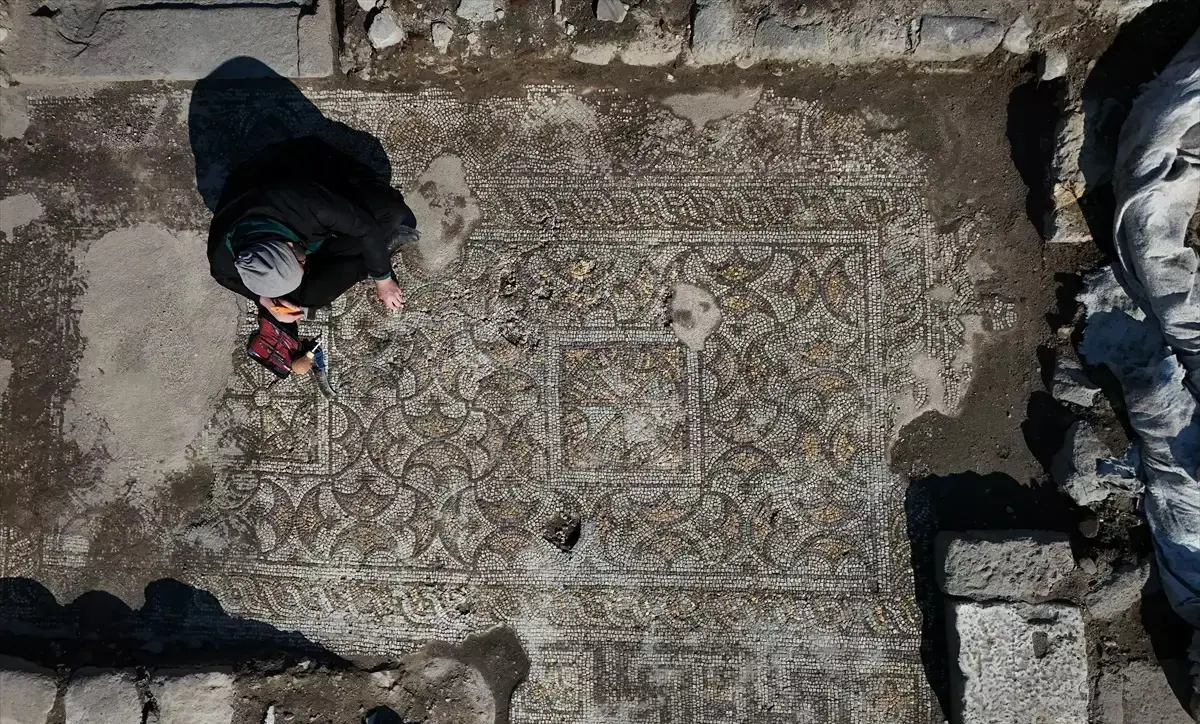Excavations conducted under Turkey’s “Heritage for the Future” project have uncovered a large Roman-era residential complex known as the “Mosaic House” in ancient Pergamon.
Pergamon was an ancient Greek city situated on the northern edge of the Caicus Plain, near modern-day Bergama, Turkey.
During the Hellenistic period, the city emerged as the capital of the Kingdom of Pergamon, a successor state following the collapse of the Lysimachian Empire. Pergamon reached its apex in 188 BC and covered an area of 220 acres.
The city’s builders aspired to create a “second Athens,” featuring a grand acropolis, the renowned Library of Pergamon (considered by ancient sources to be second only to the Library of Alexandria), as well as numerous temples and an impressive theatre capable of seating up to 10,000 spectators.
Recent excavations directed by Prof. Dr. Yusuf Sezgin, head of Manisa Celal Bayar University’s Archaeology Department, have uncovered a large residential complex with a peristyele courtyard and pool.
“One of the most remarkable aspects of the Mosaic House is its ornate mosaic flooring, indicating that this was a prestigious residence. We estimate it was built between the 2nd and 3rd centuries AD and may have been abandoned following a devastating fire during the Arab raids of the 7th century,” said Prof. Sezgin.
The complex, named the “Mosaic House” by archaeologists, also contains vibrant mosaics featuring geometric and floral motifs that date back to the 3rd and 4th centuries AD.
Excavations also unearthed a sealed roof tile from the Hellenistic period. Prof. Dr. Sezgin explained that the inscription “Basilique” on the tile indicates royal ownership. While similar artefacts have been discovered before, this marks the first time a fully intact sealed tile has been unearthed in Pergamon.
Header Image Credit : Anadolu Agency
Sources : YeniSöke Newspape





